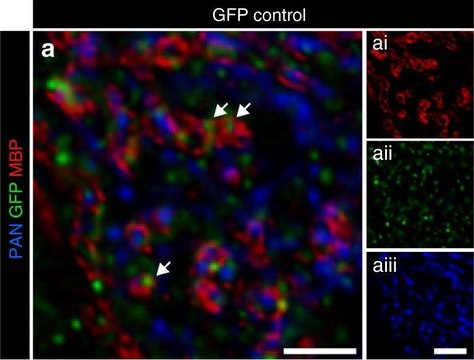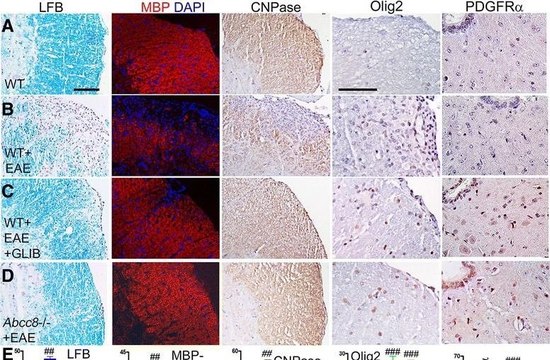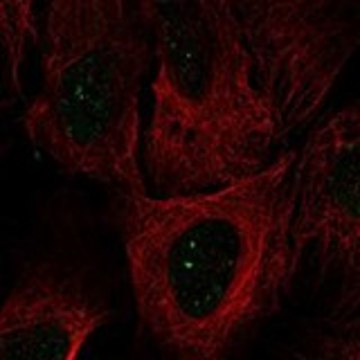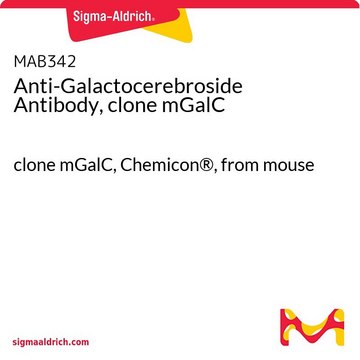NE1023
Anti-Neurofilament H Non-Phosphorylated Mouse mAb (SMI-32)
liquid, clone SMI-32, Calbiochem®
About This Item
Recommended Products
biological source
mouse
Quality Level
antibody product type
primary antibodies
clone
SMI-32, monoclonal
form
liquid
contains
≤0.1% sodium azide as preservative
species reactivity (predicted by homology)
mammals
manufacturer/tradename
Calbiochem®
storage condition
OK to freeze
avoid repeated freeze/thaw cycles
isotype
IgG1
shipped in
wet ice
storage temp.
2-8°C
General description
This product has been discontinued.
We are offering Anti-Neurofilament H Non-Phosphorylated Mouse MAb (SMI-32) (Cat. No. 559844) as a possible alternative. Please read the alternative product documentation carefully and contact technical service if you need additional information.
Recognizes the non-phosphorylated ~180 kDa-200 kDa neurofilament H protein in rat central nervous system (CNS) cytoskeletal preparations.
Immunogen
Application
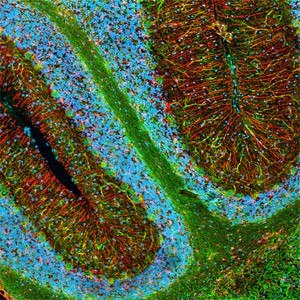
ELISA (1:1000)
Frozen Sections (1:1000, see comments)
Immunoblotting (1:1000, see comments)
Immunocytochemistry (1:1000, see comments)
Paraffin Sections (1:1000, heat pre-treatment required, see comments)
Warning
Physical form
Reconstitution
Analysis Note
Rat brain or central nervous system cytoskeletal preparations
Other Notes
King, C.E., et al. 1997. Neuroreport.8, 1663.
Campbell, M.J., et al. 1991. Brain Res.539, 133.
Campbell, M.J., et al. 1989. J. Comp. Neurol.282, 191.
Sternberger, L.A., et al. 1983. Proc. Natl. Acad. Sci. USA80, 6126.
Legal Information
Not finding the right product?
Try our Product Selector Tool.
Storage Class Code
10-13 - German Storage Class 10 to 13
Regulatory Information
Certificates of Analysis (COA)
Search for Certificates of Analysis (COA) by entering the products Lot/Batch Number. Lot and Batch Numbers can be found on a product’s label following the words ‘Lot’ or ‘Batch’.
Already Own This Product?
Find documentation for the products that you have recently purchased in the Document Library.
Our team of scientists has experience in all areas of research including Life Science, Material Science, Chemical Synthesis, Chromatography, Analytical and many others.
Contact Technical Service